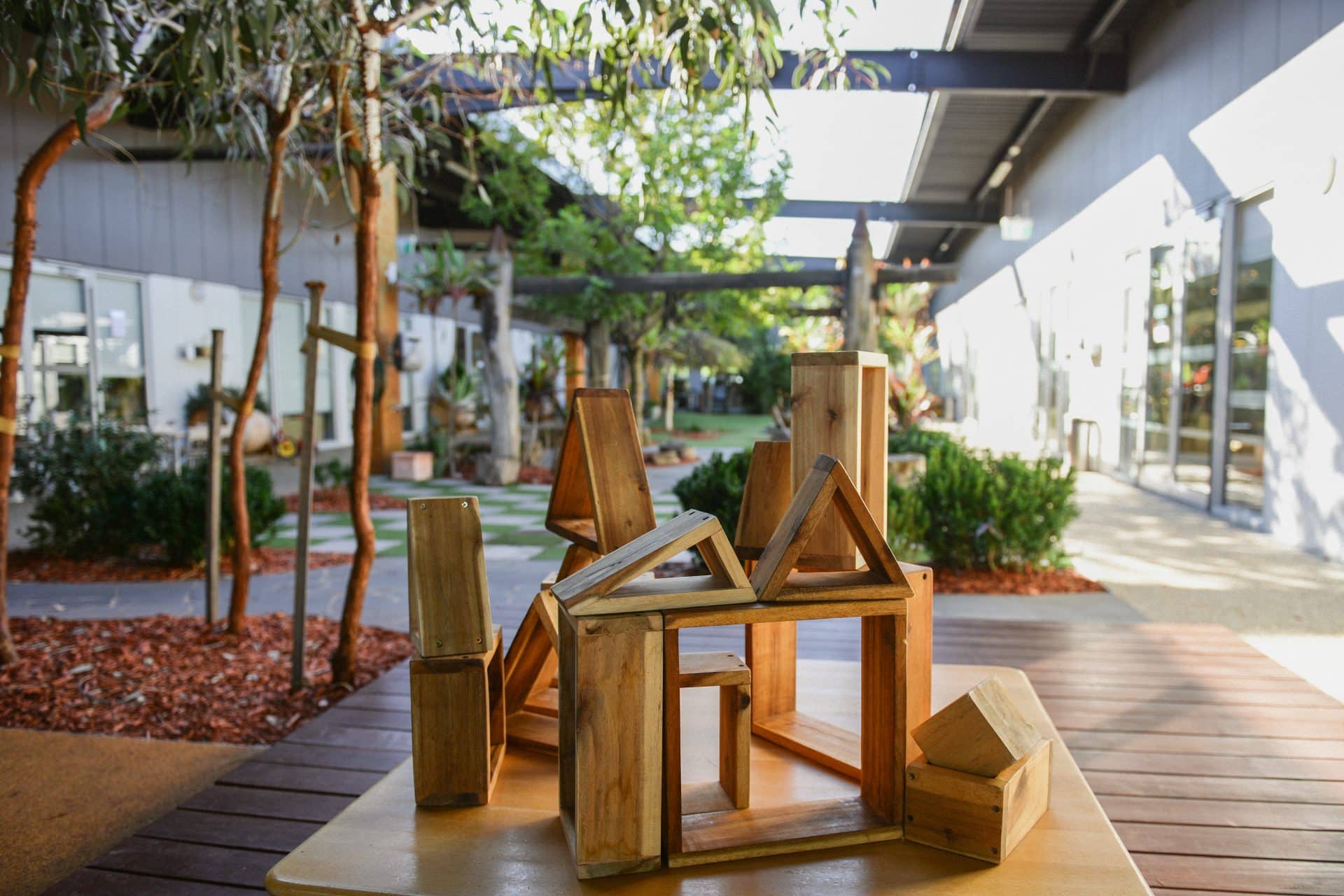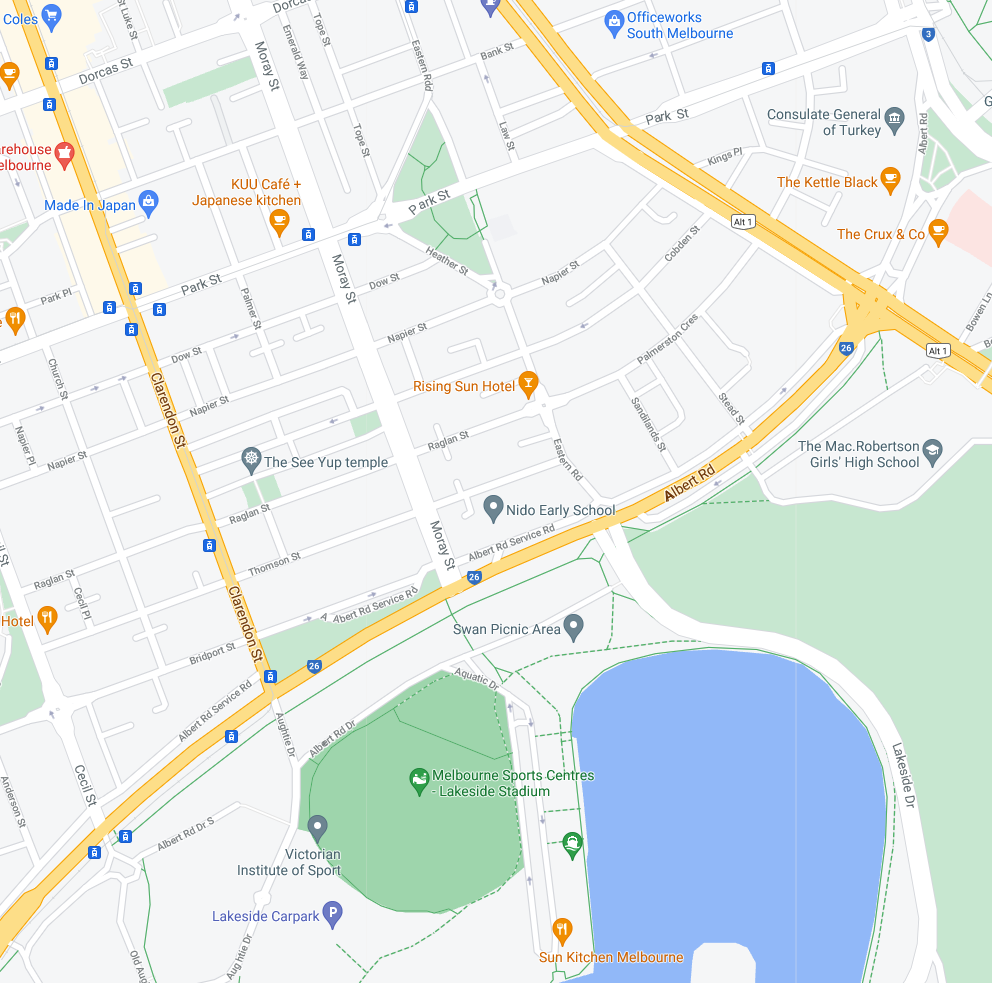
Exploring the world of science with appropriate preschool activities not only opens a seemingly magical landscape of learning, it sparks the curiosity of young minds and lays the foundations of a lifelong love of learning. It also plays a huge role in introducing the basics of scientific understanding and critical thinking – plus, it’s a whole load of fun!
The following are some ways to easily integrate simple experiments that are suitable for kindergarten-age children.
6 Easy Scientific-Based Activities for Preschoolers
Learning about science is fascinating – and it’s so easy to incorporate activities in everyday life. They also make a wonderful springboard that leads to further conversations, allowing children to question and further direct the learning process in ways that pique their interest.
1. Make a lemon volcano
This easy experiment introduces the foundations of substance interaction. It also offers the chance to talk about geological phenomena and more broadly about the planet.
Items needed:
- 1 x bowl.
- Lemon juice.
- Baking soda.
- Conical (volcano-shaped) container.
Method:
- Mix the lemon juice and baking soda in a bowl.
- Pour into the volcano container.
- Watch as it foams and erupts from the ‘crater’.
2. Build a rain gauge
This isn’t just a fun activity - it also leads to talking about many vital subjects at an easy-to-understand level. Recycling, climate change and responsible water use are just some of the pathways that conversations about this experiment may follow.
Items needed:
- 1 clear container – repurposing a plastic or clear glass bottle is ideal.
- 1 x ruler.
Method:
- Fix the ruler to the plastic container.
- Place outside in a non-sheltered.
- Measure the level of water collected after it rains.
3. Magic milk
The use of colour is always an attention-grabber, especially for curious young minds. This fun activity also introduces the subject of surface tension, allowing caregivers the opportunity to talk about other fascinating subjects, such as how water boatmen and other bugs can seemingly walk on water.
Items needed:
- 1 x shallow dish.
- Some milk.
- Some washing up liquid.
- Food colouring.
Method:
- Put the milk into the dish.
- Add a couple of drops of food colouring (1 or 2 different colours).
- Add a drop of washing up liquid.
- Marvel as the colours mix and swirl.
4. The egg bobbing experiment
Adding salt to water changes its density. This easy experiment comes across as pretty magical to children – and can lead to other conversations about how combining substances can alter the properties and create something different.
Items needed:
- 2 x clear glasses.
- Water.
- 2 x eggs.
- Salt.
Method:
- Place the water in the 2 glasses.
- Add salt to 1 glass and stir to mix.
- Place an egg in each glass.
- Note how the egg in the glass without water sinks, yet the one in the saltwater glass floats.
5. Magical magnetism
Magnets are a source of wonder for the young mind. This simple experiment opens up infinite discussion possibilities, plus includes other important understandings about how different elements feel and look, as well as how they react to the magnet.
Items needed:
- A magnet.
- A range of objects made from different materials, to include different types of metals, as well as others, such as wood, plastic, fibre etc.
Method:
- Use the magnet to determine which types of materials are attracted to it.
- Let the child/children handle the objects themselves, so they can feel the pull when certain metals are brought close.
6. Float or sink?
This is an easy and fun way to introduce the subject of density. It’s also hugely interactive as the child or children get to guess or work out which items will float, and which will sink, before they put them in the water.
Items needed:
- A body of water. This could be a tank, washing up bowl, bath, sink or anything else available. You could also do this on a nature walk when you pass a pond or from a bridge over a river (using only natural items, of course).
- A variety of items, such as a stone, piece of wood, feather, fabric, toys, food items etc.
Method:
- Get the child/children to predict whether the item will float or sink before it’s dropped into the water.
These are just some examples of how introducing science basics into activities isn’t only fascinating, but also introduces the importance of questioning, learning and discovery. At Evoke Early Learning, such play-based education is key, with age-appropriate activities playing a key role included within our carefully crafted curriculum.
This, combined with our childcare philosophy of the child being powerful, capable and full of curiosity are just some of the reasons parents and caregivers entrust their most precious family members to our care. Book a tour or get in touch to find out more.
Discover more about our values and contact our team for a chat today.

Tracey is a highly qualified educator and administrator and brings a strong combination of academic achievement, extensive work experience in the education and business sectors as well as drive and passion to her role as General Manager of Operations at Evoke Early Learning.
Tracey has a Master of Education and an Advanced Diploma of Business and holds VIT Dual Registration to teach in Early Childhood and Primary School settings. She’s also a VIT Trained Mentor Teacher and has worked in ECEC settings as a Director, Educational Leader and as a Victorian Senior Area manager. Her recognition as a state finalist in the recent Director of the Year Awards is testament to her achievements in the early education sector.
Her extensive work experience also included a stint as Head of Curriculum at the Royal Children’s Hospital Education Institute and positions as head of ICT at a number of large primary and secondary schools. Tracey is also experienced in not-for-profit sessional kindergarten settings and long daycare environments, so she has a deep understanding of what’s required to support the needs and expectations of young children, educators, parents and caregivers.
Tracey is responsible for operational management at Evoke Early Learning’s Clayton centre in Oakleigh East and their Albert Park centre in South Melbourne and is deeply committed to leading and driving effective and sustainable service delivery throughout the company.
Tracey is passionate about making a meaningful difference to young children, their parents and the wider community and under her expert guidance, Evoke Early Learning is continuing to raise the bar in quality early education and childcare.


